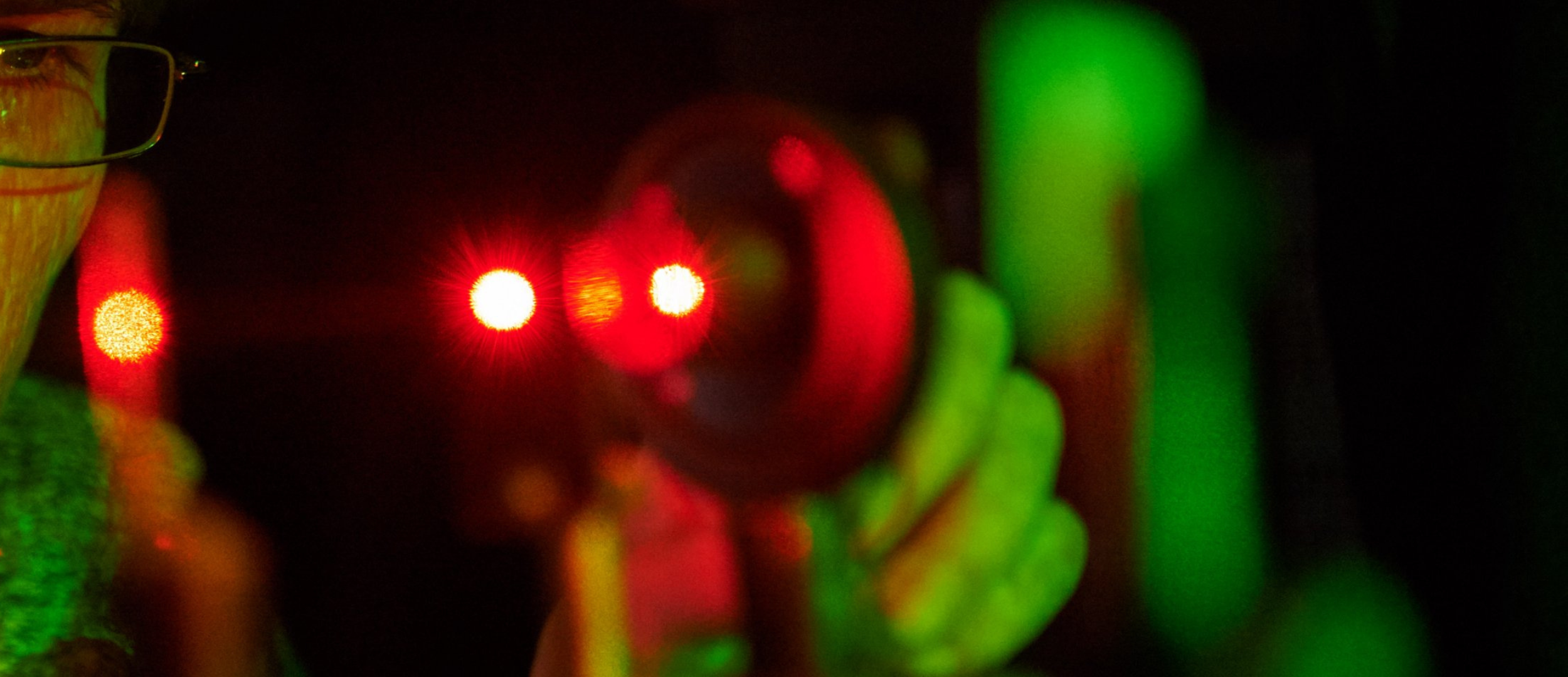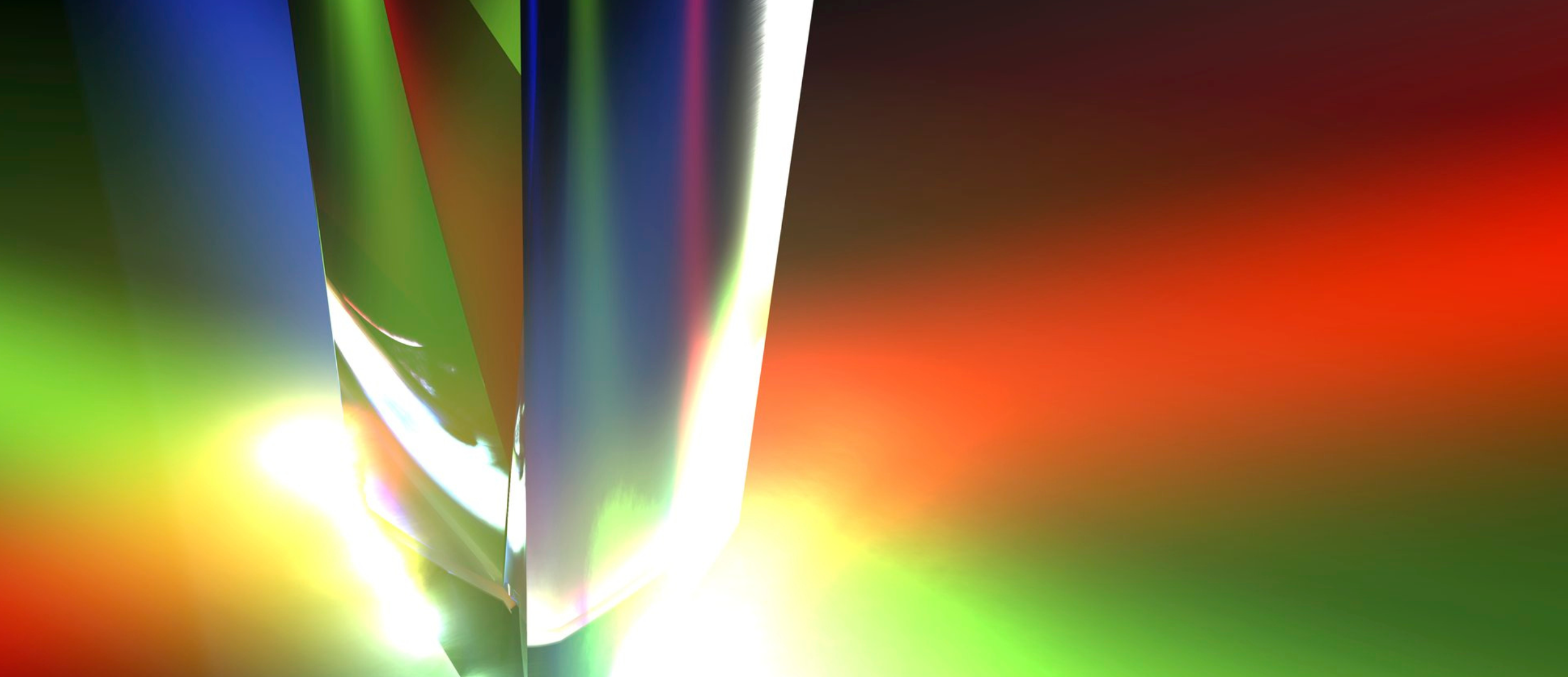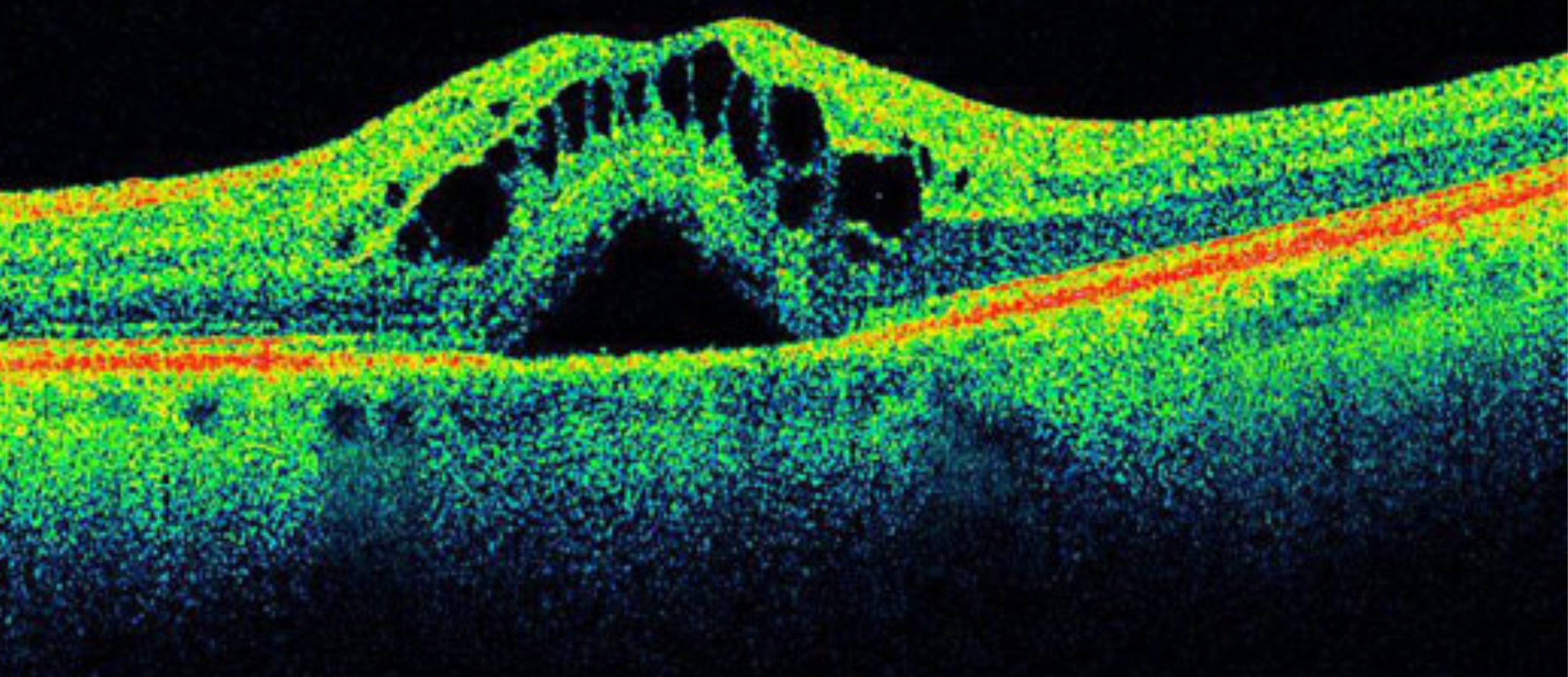The use of supercontinuum lasers for the optical characterization of devices has been studied in previous chapters (https://fyla.com/supercontinuum-laser-as-a-tool-for-optical-characterization-of-devices/). As discussed, the broad spectrum, power stability and versatility of our Iceblink supercontinuum laser opens a new window for the development of new materials that will bring new insights to different fields.
A Master Thesis study at the Autonomous University of Madrid, showed first-hand the utility of our White light laser for the optical characterization of two-dimensional materials. In particular, the aim of this Master´s project was to analyze the use of two-dimensional semiconductor materials in the manufacturing of photodetectors working in the IR range.
Photodetectors in the IR
Two-dimensional materials have become of great interest in the optoelectronics field due to their application in the development of novel photodetectors. Their manufacturing implies the exfoliation of laminated materials and the obtention of very thin layers of material, within a few atoms of thickness. Moreover, their properties such as the ability to convert optical into electrical signals, make them suitable alternatives for optoelectronic applications.
Research is focused on the obtention of the “ideal” photodetector, which means: a higher speed of detection, broad bandwidth of detection in the IR band, less noise, and low voltage and current requirements.
Compared to the traditional semiconductor materials used for photodetection based on Silica, two-dimensional materials offer greater responsivity and detectivity abilities. This is due to the fact that they present small bandgaps and atomic thin layers, improving the conductivity of the photons of light throughout the material. In addition, another important feature in the scope of optoelectronic devices for telecommunications applications is that the material must be able to absorb light in the IR part of the spectrum.
For this reason, the mentioned study explains the manufacture, optical and mechanical characterization of black phosphorus, a two-dimensional semiconductor material that shows interesting properties: optical (its ability to work in the IR range, it has a structure with a small direct band gap and atomic thin layers), mechanical (has great flexibility) and optoelectronic (has a long detection range).
Application of the Iceblink Supercontinuum Laser for the Optoelectronic Characterization
The photodetectors manufactured based on the black phosphorus material proposed in this study were characterized to study their optical properties.
The experimental setup, also called “Tip Station” consisted of a measuring unit that allows to perform characterization measurements of “current vs voltage” and “current vs time”, TENMA voltage sources that provide continuum currents between 0 and 60 volts, a digital camera coupled to a tube lens for zooming in and out and connected to a monitor and XYZ manipulators disposed on a rotatory platform. The tube lens couples the White light or the optical fiber to the system, leading the optoelectronic measurements. Figure 1 shows a picture of the setup.


The White light is provided by a set of LEDs (with emission at 470, 530, 595, 660, 740, 850 and 1050 nm), a Xenon lamp (used in combination of a monochromator, with emission between 280 and 1100 nm) and the Iceblink supercontinuum laser, previously named FYLA SCT500, which emits at a much broader spectrum: 450 to 2300 nm. In this study, our supercontinuum laser was used in combination with a home-built monochromator and the interest was focused on the range between 1100 and 2300 nm. The power at the different emitted wavelengths was adjusted with an interchangeable sensor (PM100D) and a Thorlabs power meter.
Properties of the iceblink for Optoelectronics Applications
The Iceblink supercontinuum laser allows for the excitation along the IR spectrum.
In this specific study, the Iceblink White light laser was chosen due to the spectral limitations of other White light sources such as the Xenon lamp or the LEDS, which could only cover up to 1100 nm. On the other hand, our supercontinuum laser covers the telecommunications bandwidth between 1100 nm and 2300 nm.
Apart from the spectral limitations, several features of the Iceblink could be compared to other broadband sources:
- The spectral power density of a supercontinuum laser is smoother and stable, and there are fewer fluctuations of the spectral characteristics at longer distances between source and sample, which means that lasers are more suitable for free space measurements. This is essential for non-contact and non-invasive applications.
- There are no thermal damage risks. This can happen when using halogen lamps, that irradiate heat during their performance. This again limits the non-invasiveness of applications, not only in the Telecommunications field but also in the life science scope.
- The lifetime of our equipment is much longer than that of an LED or a halogen lamp. With an outstanding and stable performance for more than 20k hours working in continuum, the Iceblink is a reliable high-quality tool that can help scientists make an impact in their research fields for many years. It is a robust, compact and “plug-and-play” technology, which was created to optimize your experimental setups.
For more information about the precise specifications of the Iceblink supercontinuum laser, visit our website at Iceblink: Picosecond Supercontinuum Fiber Laser | FYLA





